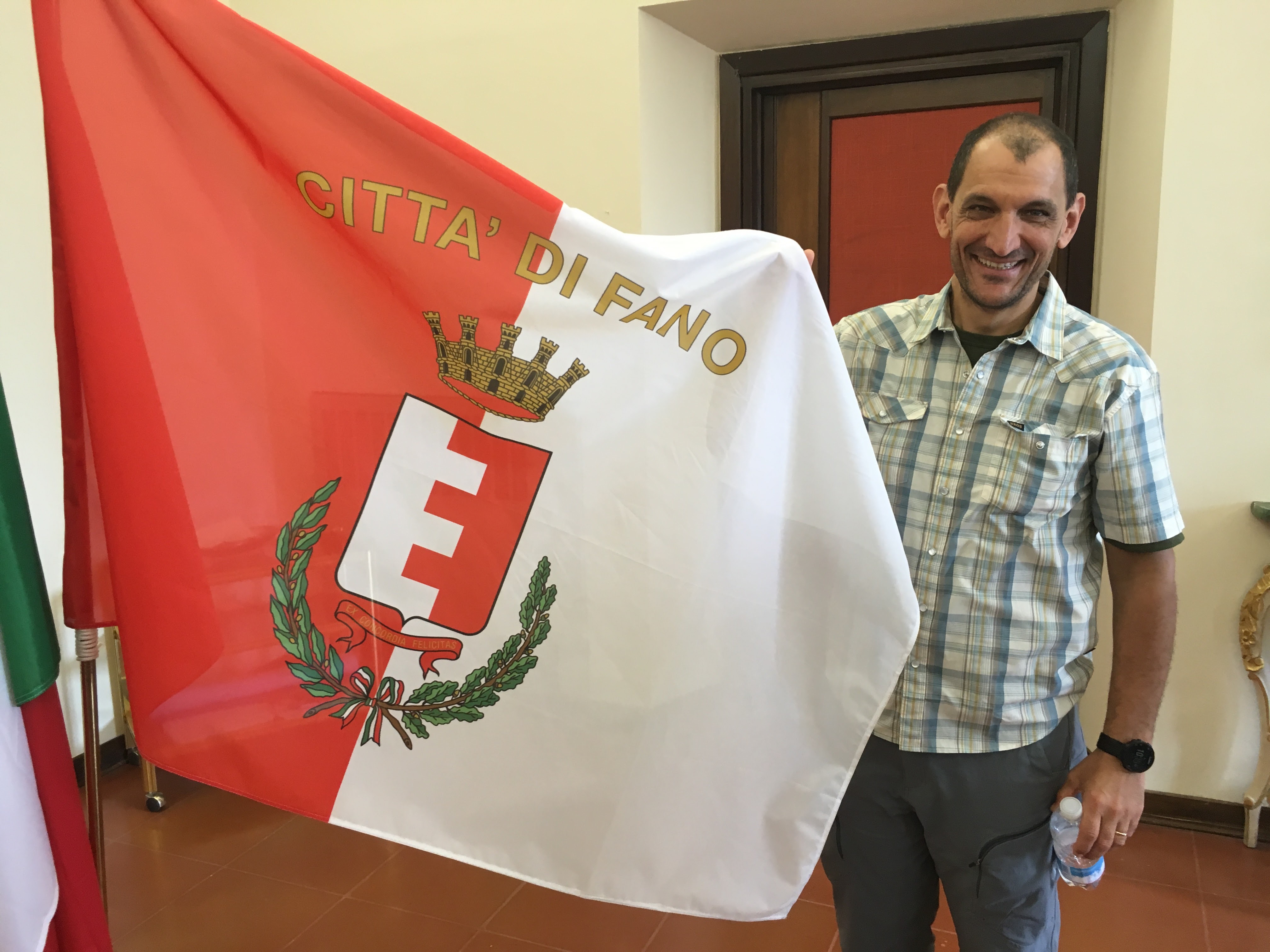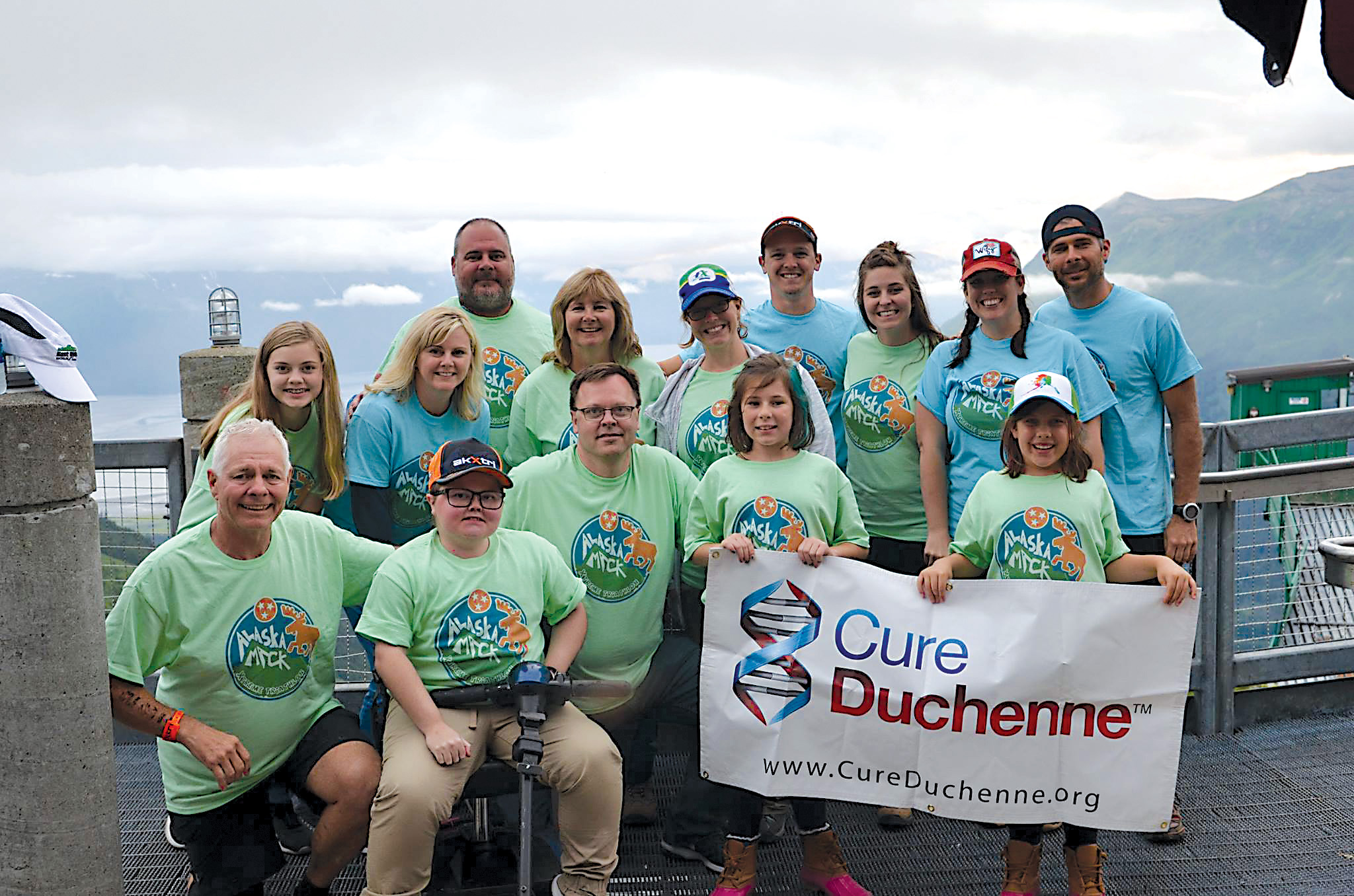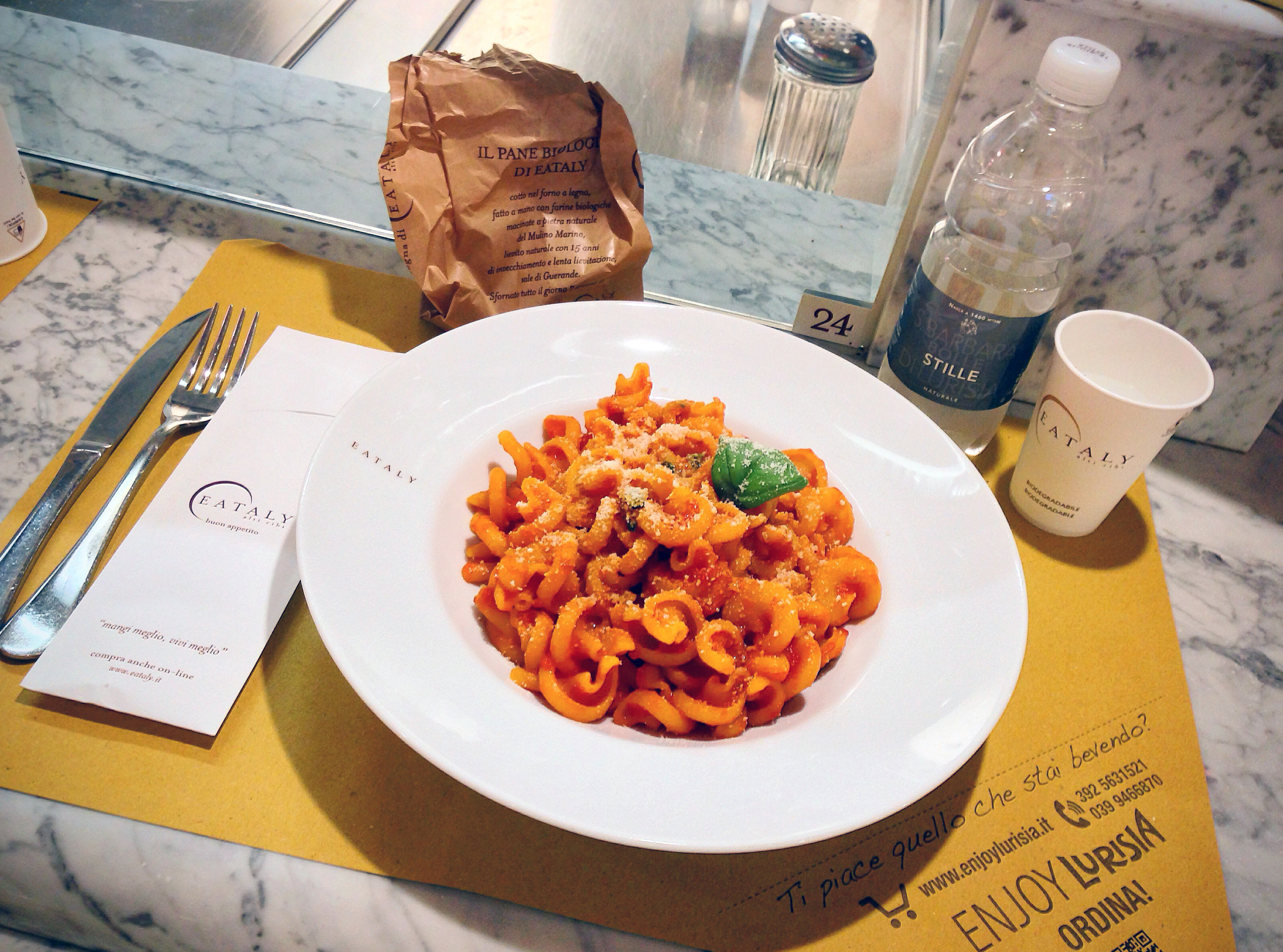Since moving to Chattanooga five years ago, Michael Baskin has not had to travel far to find outdoor adventure. But when the cyclist-turned-runner flew to Fano, Italy, to compete in the ColleMar-athon in May, he quickly discovered why marathoners venture out of the Scenic City for races thousands of miles away: culture and community.
As a competitor, Baskin was able to explore the region in a way he wouldn't have as a tourist, with opportunities to take in the gorgeous countryside, traverse several walled villages, and even run through a castle.
Best of all, Baskin says, he was able to immerse himself in the culture by forming genuine relationships with local runners.
Ironman Chattanooga triathlete David Wade agrees.
The 17-hour event, branded as one of the toughest triathlons on the planet, punished its competitors with a swim through freezing waters and sent them tearing through the untamed wilderness armed with cans of bear mace - leaving the survivors with no shortage of experiences over which to bond.
Still, says Baskin, it's the little moments on the course that are most precious.
"It's when someone falls and someone helps them up that you see how we're all similar," Baskin explains. "They didn't care what was going on with the U.S. government or the Italian government; they wanted to make sure that we ran our best race and had a great time."
Ready to immerse yourself in your own adventure abroad? Start planning with a few of Baskin's and Wade's tips.
Ask about the course.
Even if you have a course map, Baskin says there's no better way to gather intel on the terrain and race environment than by reaching out to locals. By connecting with natives, he was able to learn that the ColleMar-athon's course would be like "three Forest Avenues in a row," meaning that much like that steep North Shore hill near the Walnut Street Bridge, the course "just goes up and it doesn't stop," Baskin says. Though daunting, the knowledge gave him a chance to tailor his training to tackle the never-ending climb.
Simulate the expected conditions.
The Alaskaman's 27-mile run promised a grueling 6,000-foot elevation gain. Wade prepped for the long haul by spending four or five hours at a time running up and down Lookout Mountain. With an elevation gain of 1,850 feet, the local route was not half as steep as the real course, but simulating the terrain as best he could helped keep Wade from joining the 20 percent of competitors who failed to finish the race.
When it comes to climate, Chattanooga summers may be perfect when training for a tropical race, but runners heading up north don't have the same advantage. To prepare his body for the 2.6-mile swim in 48-degree glacial water, Wade made several trips to North Shore's new "Glacé Cryotherapy Chattanooga" spa, which has brought the practice of using extremely cold temperatures to treat various aches and ailments to the city. Each visit, he spent three minutes in an upright chamber that uses liquid nitrogen to cool the air to negative-200 degrees, acclimating his body to the cold while reducing muscles soreness and inflammation.
While it might be tempting to try foreign energy bars and recovery drinks during your race, Baskin advises you steer clear of products your body isn't used to. Stick, instead, to the foods you used while training, and find out if the support stations will be carrying the type of nutrition you prefer. Also, Baskin adds, remember that some international brands have local flavors, meaning you might be in for a surprise with that first bite. All these rules apply to other must-have products, like anti-chafing gel, which Baskin also recommends you bring from home.
Start packing early.
Wade recommends making a list of everything you'll need to pack over the course of your last three or four training runs. This will not only keep you from forgetting to bring a necessary item, he says; it will also help you analyze your nutritional habits so you know how much of each product to bring, and could even help to inform your choices should, for example, you find that, like him, you eat every 20 minutes.





